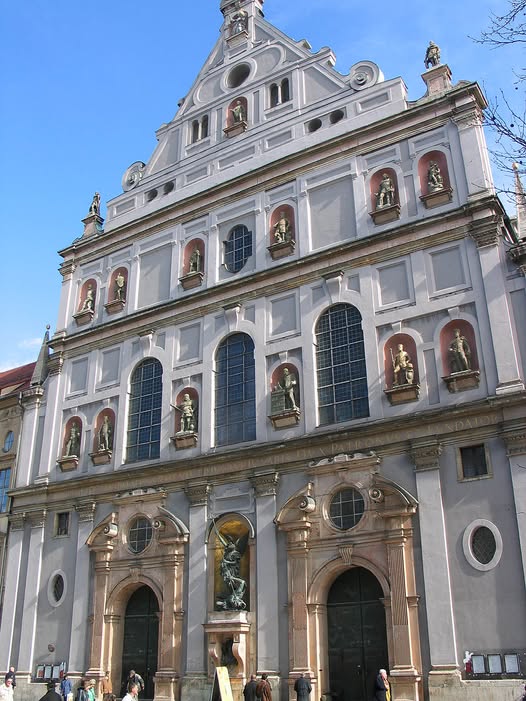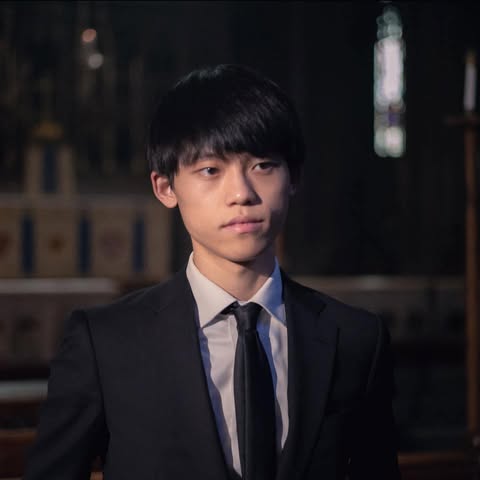
Friends of the Erben Organ Inc
The 1868-9 Henry Erben pipe organ at the Basilica of St. Patrick's Old Cathedral: a unique, intact mid-19th century mechanical organ in its original acoustic. Magnificent 1868 Henry Erben pipe organ at Basilica of St. Patrick's Old Cathedral, Little Italy, NYC Friends of the Erben Organ (FREO), a non-profit group, supports the restoration and preservation of the unique and monumental 1868 Henry Erben organ, one of America’s most important historical instruments, located in the NYC landmarked Basilica of Old St. Patrick’s Cathedral, which is also on the National Register of Historic Places. FREO supports live musical performances, education for young musicians and organists, afterschool music programs, organ demonstrations and concerts for visiting tour groups, arts and cultural organizations, schools and universities, as well as programs by and for preservationists and historians.
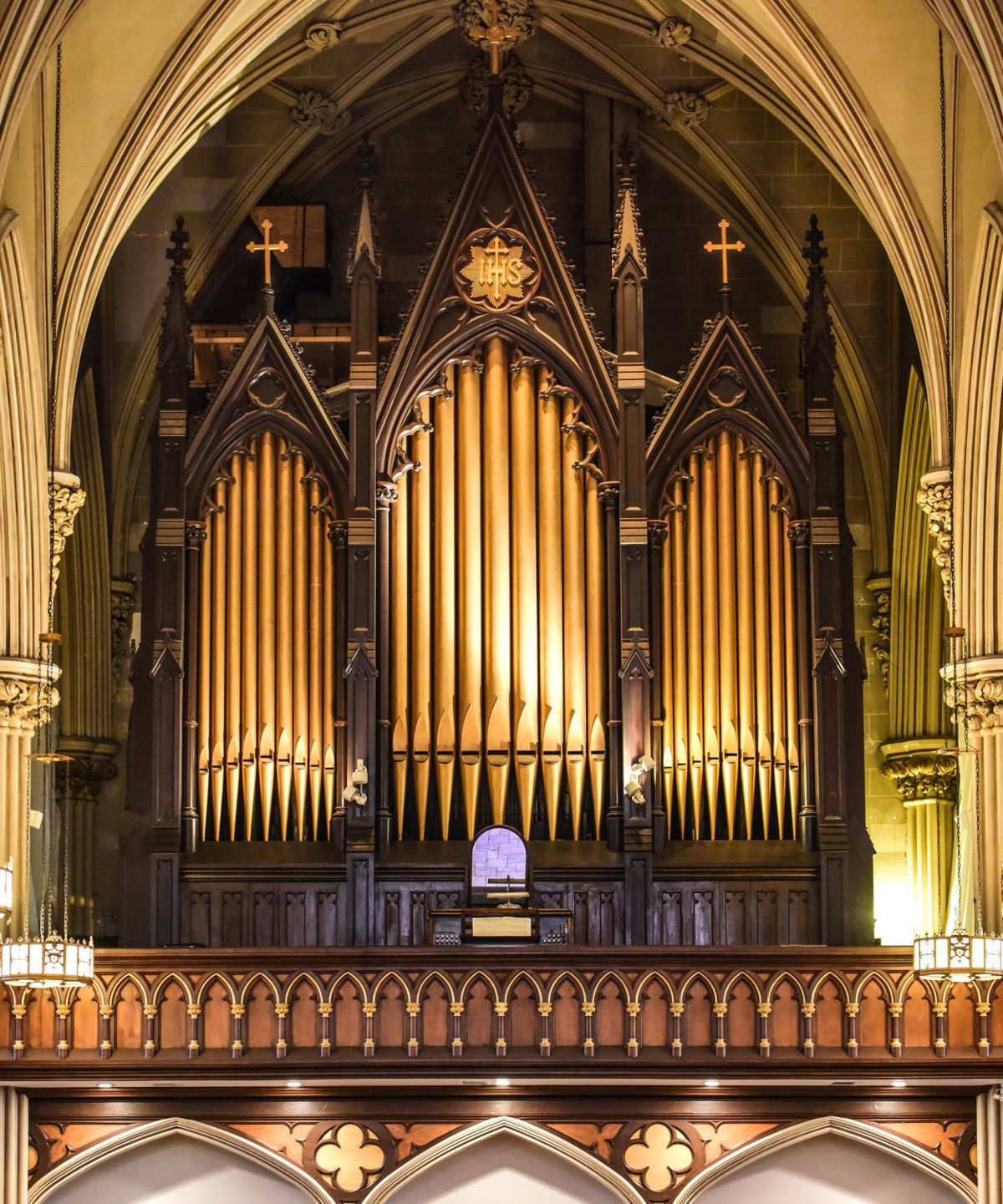
Founded
2016
19000
X (Twitter)
113
Address
NEW YORK
Home - Friends of the Erben Organ Friends of the Erben Organ Martin Scorsese Honorary Chair of Friends of the Erben Organ Updated August 5 2019 by admin Why preserve this glorious instrument. Because it is unique and irreplaceableListening to the transcendent sound of this 19th century American masterpiece will take us where we need to be. Martin Scorsese Donate Now Learn More Organ Video A Community for Music and the Arts The Friends of the Erben Organ FREO is a 501c3 nonprofit corporation dedicated to the restoration preservation and appreciation of the 1868 Henry Erben pipe organ and the 1859 Hall Labagh pipe organ located in the Basilica of Saint Patricks Old Cathedral located in the NoLIta section of SoHo in Manhattan. About Us The Erben organ is a living artistic and technological masterpiece.
From Social media
News about from their social media (Facebook and X).
For the 19th Sunday in Ordinary time, we have a lovely Offertory motet, Sperunt in Te, written for mezzo-soprano by Josef Rheinberger; it comes from his Opus 54 "Hymns" published in 1873. The text, from Psalm 9 and related to the theme of the Offertory antiphon, is perfectly and skillfully set in a Romantic idiom of which Rheinberger was a master--a prodigious talent, he became the professor of music theory and organ at Munich Conservatory soon after his graduation, amongst many other posts. Organist John White, who was the Director of Music at our St.
Like Comment
Data about organisation
Music Category
Organisations with similar rank to Friends of the Erben Organ Inc in category Music
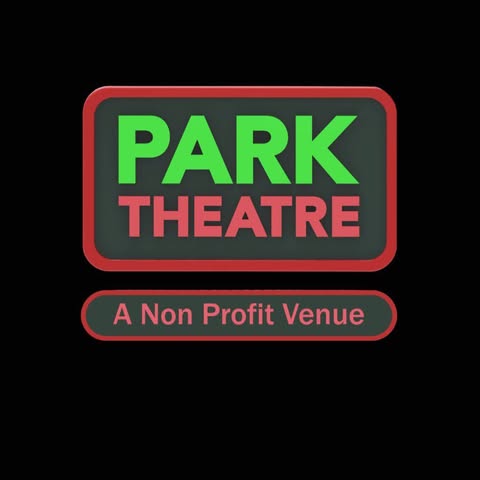
Fostering Connection Through Creativity We are a 501(c)(3) Non-Profit Entertainment Venue in the heart of Holland, Michigan info @ parktheatreholland.

139. Society of Financial Service Professionals South Sound Chapter
The National Association of Insurance & Financial Advisors (NAIFA) official Facebook page.

140. Friends of the Erben Organ Inc
Magnificent 1868 Henry Erben pipe organ at Basilica of St.
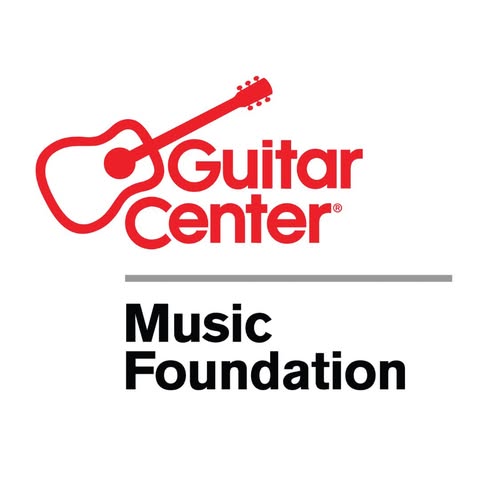
141. The Guitar Center Music Foundation
The Guitar Center Music Foundation supports #schools nationally by providing instruments and advocating the benefits of #music #education.

142. MANDARINS OF SACRAMENTO INC
The Sacramento Mandarins was formed in 1963 and is a member of Drum Corps International.
Performing Arts Category
Organisations with similar rank to Friends of the Erben Organ Inc in category Performing Arts

Circus Smirkus is a non-profit, award-winning, international youth circus founded in 1987 to promote the skills, culture and traditions of the traveling circus and to inspire youth to engage in life-changing adventures in the circus arts.

27th Annual Twin Cities Jazz Festival - June 20 & 21, 2025 Join us for our annual, free, family-friendly jazz fest in Lowertown, Saint Paul, MN.

100. Friends of the Erben Organ Inc
Magnificent 1868 Henry Erben pipe organ at Basilica of St.

101. MANDARINS OF SACRAMENTO INC
The Sacramento Mandarins was formed in 1963 and is a member of Drum Corps International.
NEW YORK
Organisations from Friends of the Erben Organ Inc
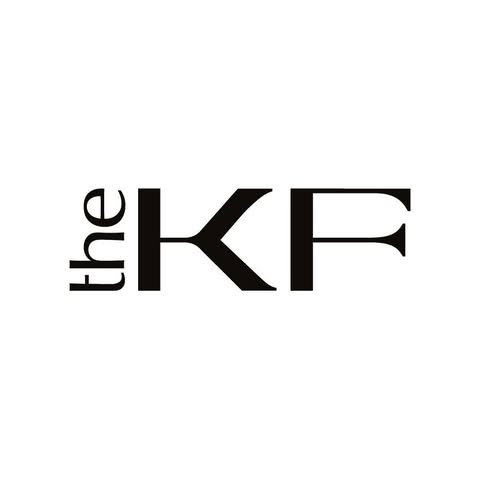
661. The Kosciuszko Foundation Inc.
Promoting educational and cultural exchanges between Poland and the U.

Muddy Paws Rescue is 501(c)3 non-profit organization based in New York City dedicated to partnering with animal shelters to pull and place dogs into loving forever homes.

663. Friends of the Erben Organ Inc
Magnificent 1868 Henry Erben pipe organ at Basilica of St.

664. The Architectural League of New York
Founded in 1881, the Architectural League is a leading forum for the presentation of new work and ideas in contemporary architecture, urbanism, and related disciplines.

KDP inspires and equips future and new teachers to thrive.
Similar organisations
Similar organisations to Friends of the Erben Organ Inc based on mission, location, activites.
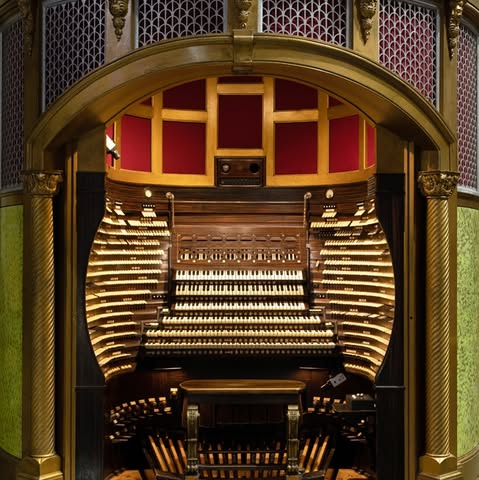
Historic Organ Restoration Committee Inc
Official Facebook page for the world's largest pipe organ Midmer-Losh Opus 5550 and its companion W.
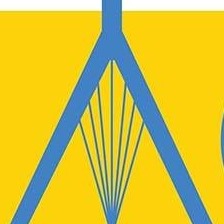
American Guild of Organists Ago
The Boston AGO Chapter - our incredibly active, vital community of organists and fans.

Riviera Theatre & Organ Preservation Society Inc
The Riviera Theatre is a 1,100 seat live music and entertainment venue in North Tonawanda, New York.
Similar Organisations Worldwide
Organisations in the world similar to Friends of the Erben Organ Inc.

KINGSTON THEATRE ORGAN SOCIETY (ca)
The Kingston Theatre Organ Society.
Interesting nearby
Interesting organisations close by to residence of Friends of the Erben Organ Inc

Hi, we're IM.
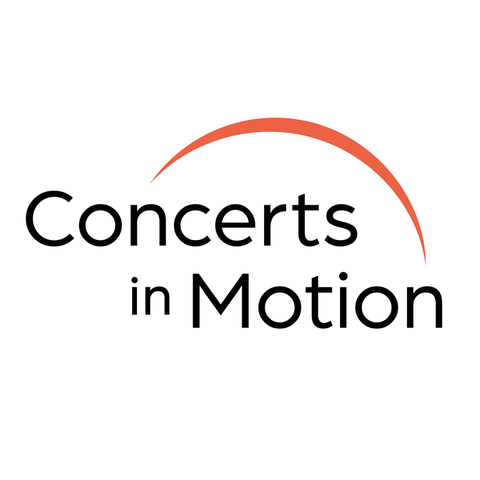
Bringing happiness and relief to homebound and isolated individuals since 2009.

Inclusive faith-based community of vocalists & instrumentalists committed to professional excellence.
Similar social media (19113)
Organisations with similar social media impact to Friends of the Erben Organ Inc

41159. HOT SUMMER JAZZ FESTIVAL
27th Annual Twin Cities Jazz Festival - June 20 & 21, 2025 Join us for our annual, free, family-friendly jazz fest in Lowertown, Saint Paul, MN.

41160. Council of Biblical Manhood and Womanhood
Visit us at: www.

41161. Friends of the Erben Organ Inc
Magnificent 1868 Henry Erben pipe organ at Basilica of St.

41162. UNIVERSITY BIOCHEMISTRY AND MOLECULAR BIOLOGY FOUNDATION INC
Empowering students and researchers to transform lives and serve the global community.

41163. Downtown Dunedin Merchants Association Inc
More than 100 privately owned shops, restaurants, bars and pubs, boutiques, art galleries, antiques s.
Join us and make a difference for the future!
Sign Up
Please fill in your information. Everything is free, we might contact you with updates (but cancel any time!)
Sign in with GoogleOr
Good News
🌍 Exciting news for travelers! Medellín, Colombia is set to be one of the top destinations in 2026, showcasing how cities can transform and thrive! ✈️✨ #TravelGoals #PositiveChange
How Medellín, Colombia Became One Of 2026's Top Travel Destinations -- And What's Next For The 'City Of Eternal Spring'
Forbes
Like Comment"Exciting times for journalism! 🌟 Thomas Jacob from WAN-IFRA emphasizes the importance of balancing tech adoption with journalistic integrity. As the media landscape transforms rapidly, let's embrace change while staying committed to quality reporting! #MediaInnovation #Journalism"
WAN-IFRA's Thomas Jacob on balancing tech adoption with journalistic integrity
The Drum
Like Commentour family. Excited to see them embrace new friendships and grow in their faith! Education is a journey, and I'm grateful for the support we found along the way. Let's inspire our kids to lead with love and compassion! ❤️📚 #PositiveChange #CommunitySupport
Training Kids in Jesus' Ways -- Not Neutrality or Nationalism
Patheos - Seek. Understand.
Like Comment